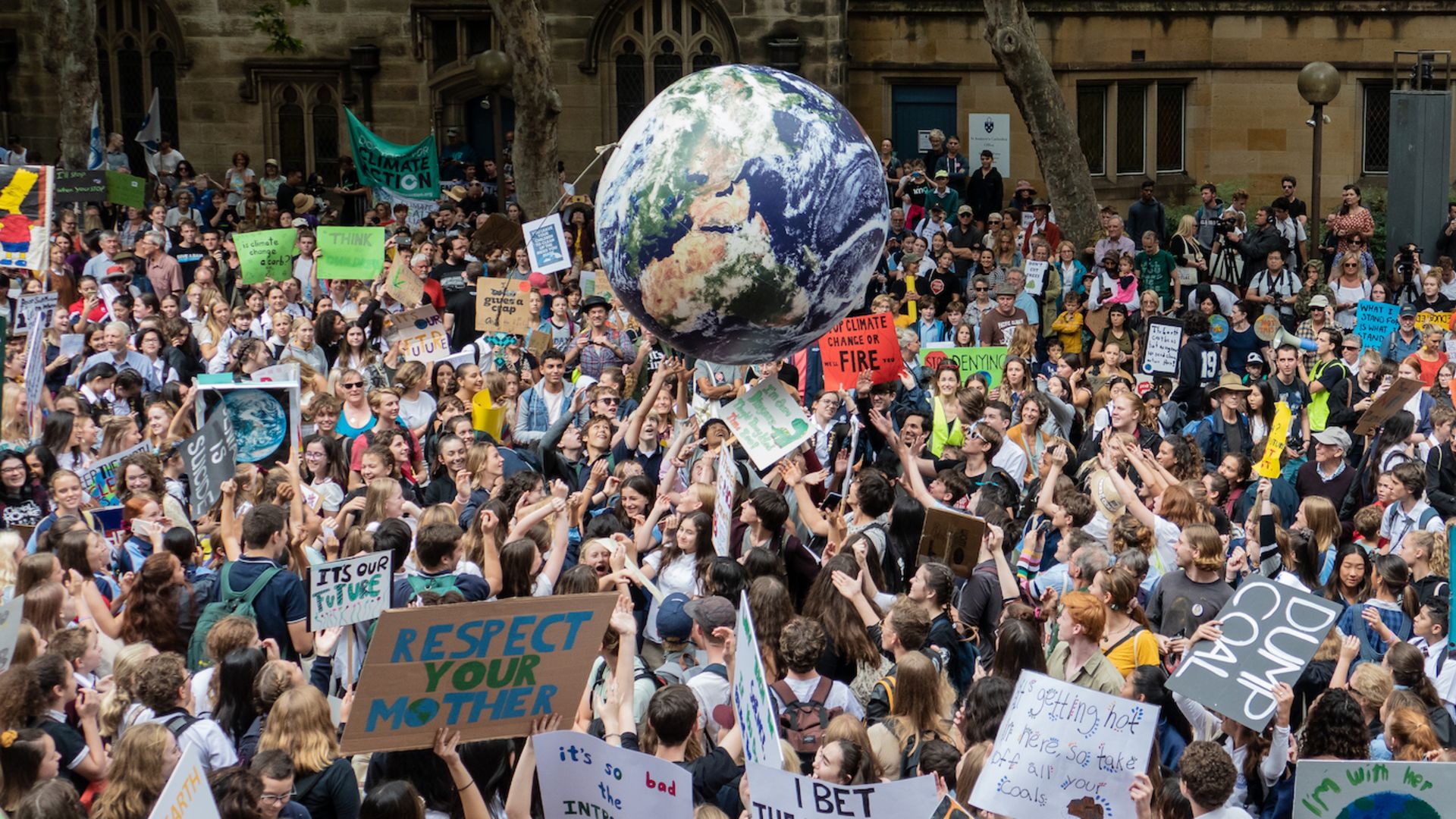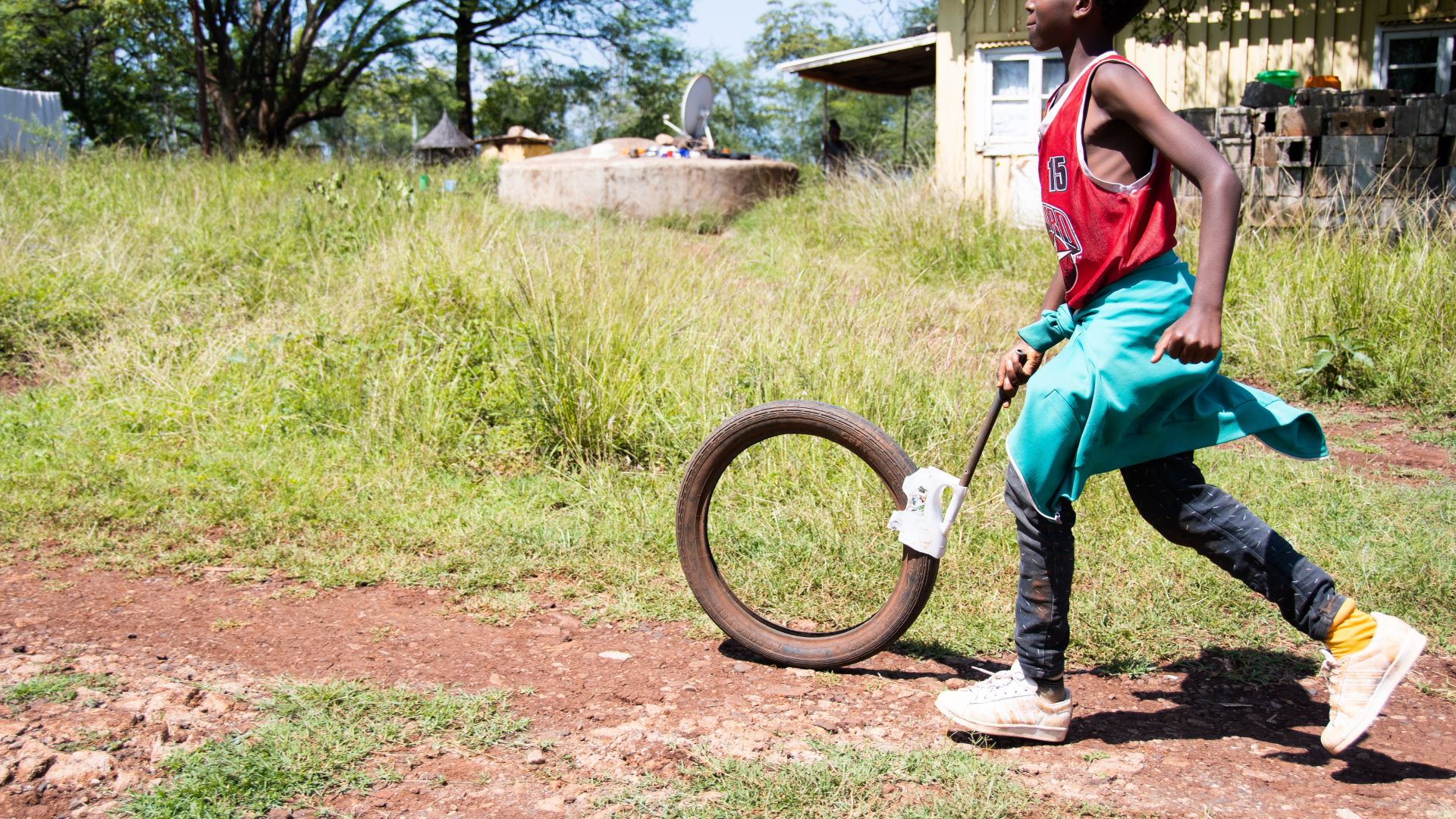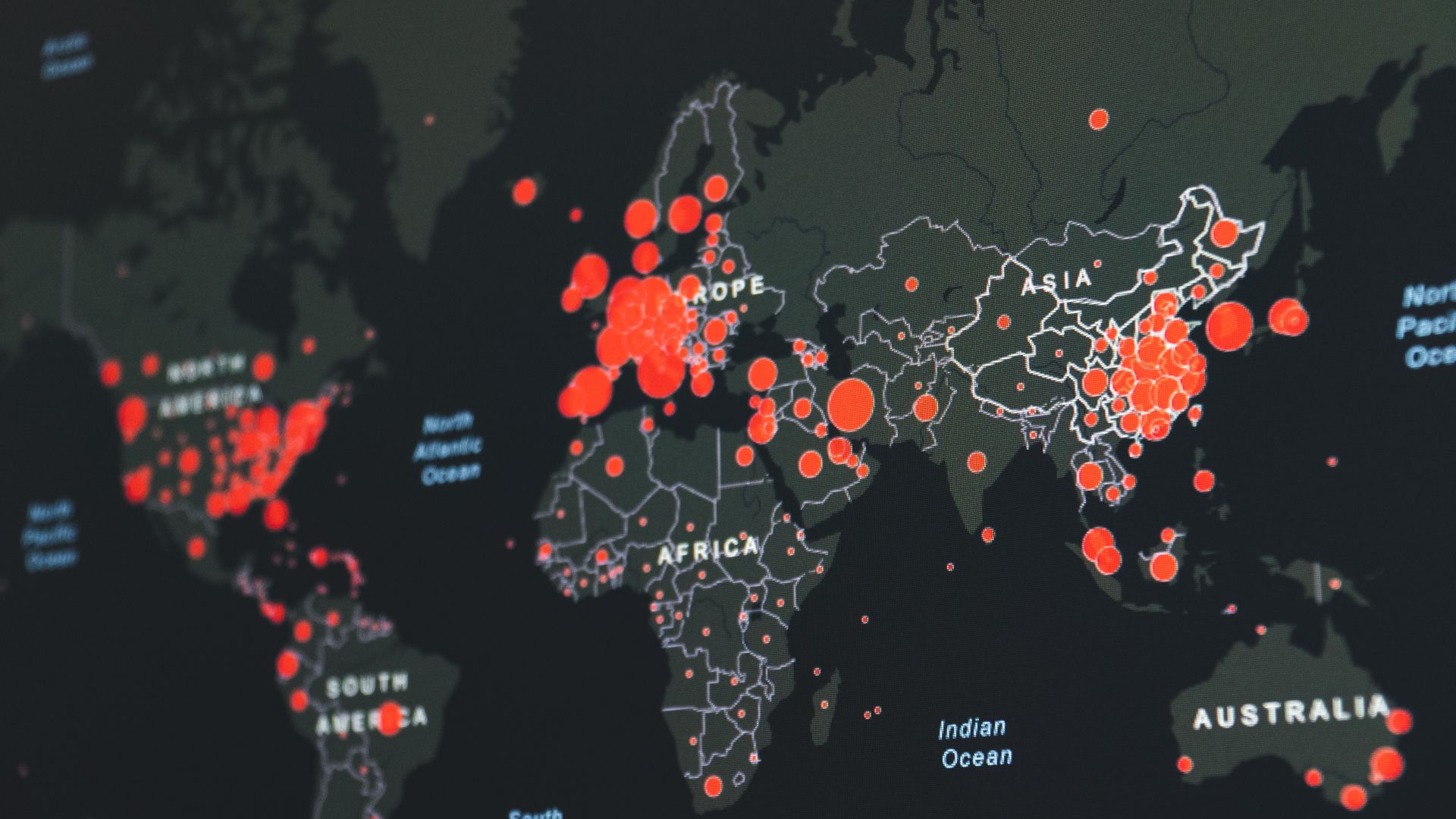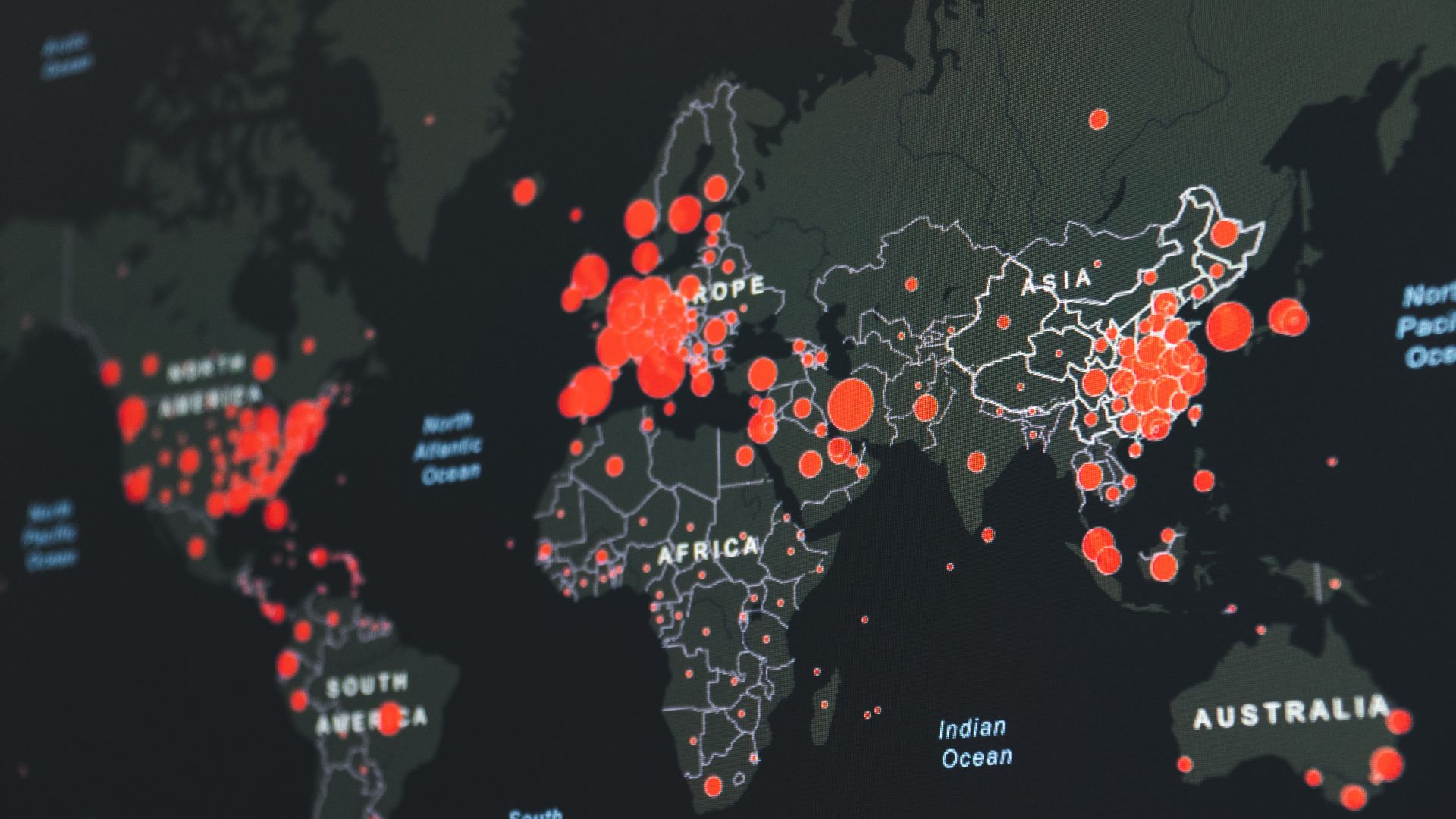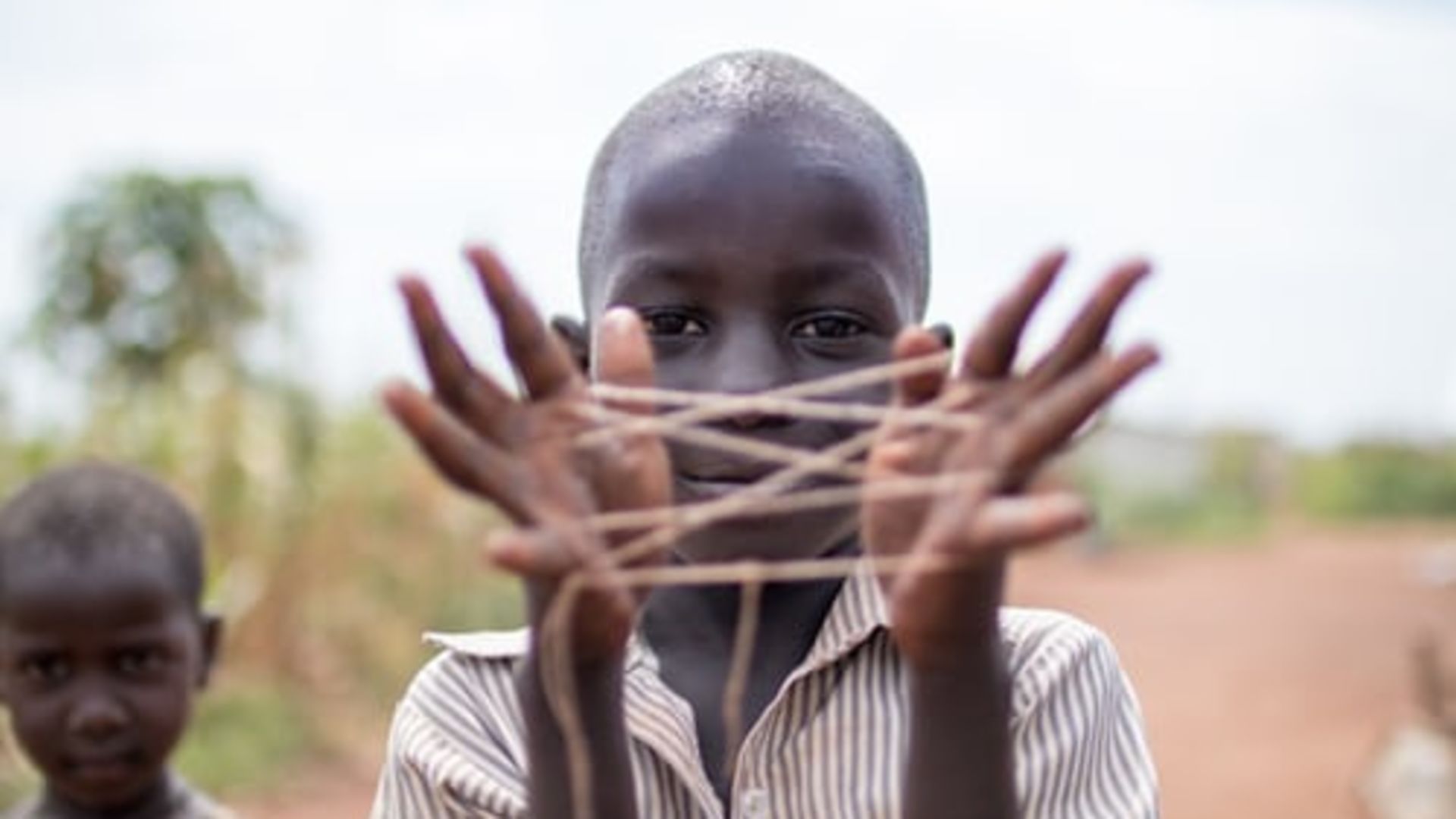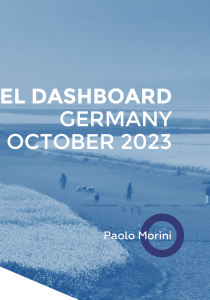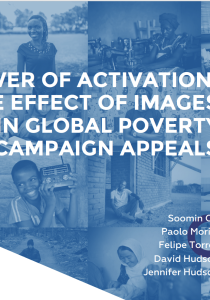
On 5 March the team at the Development Engagement Lab held a webinar to share the results of a wide-reaching survey looking at what types of messengers resonate with the British public. Many of the findings challenge the status quo for charity comms – like the fact that celebrities are among the least effective spokespeople – while others show just how far the sector still has to go to help bring the public’s view of development closer to contemporary standards for decolonisation and dignity. You can watch the full webinar here.
The evidence base for determining the most effective aid spokespeople is up until now pretty thin, and so we at DEL focused our energies on evaluating messengers for their ability to solicit donations, as well as signatures for petitions. We evaluated 42 messengers from 11 categories or groups, ranging from frontline workers to celebrities, to business people and ‘iconics’ like Malala Yousafzai and Bill Gates.
We evaluated these messengers for a number of traits across three categories: Warmth, competence, and ‘other,’ which included perceived attractiveness and believability, among others. By far, the highest rated messengers across all traits were frontline workers and volunteers, while businesspeople and aid recipients ranked lowest.
We found that warmth and competence are the most effective traits for generating donations and petition signatures. Frontline workers and volunteers were the only messengers that the British public rated above average in terms of both warmth and competence. Activists, businesspeople and aid recipients were rated the least warm and least competent.
Our revelation about low celebrity effectiveness in charity appeals has now been well-reported in The Telegraph and Devex, but what participants in the webinar found more absorbing was the nature of the public’s response to ‘aid beneficiaries,’ as well as to Black, Asian and Minority Ethnic messengers, and what this means for the sector’s role in advancing perceptions of these groups.
The BAME penalty
On average, BAME messengers across categories scored about 8% lower than their white counterparts. White messengers also scored higher on all traits, apart from ‘inspirational’ and ‘cares for others,’ where BAME messengers did slightly better. It’s important to note here that for every category of messenger, we included a messenger from each binary gender, and one messenger each from a white and non-white group. This method obviously neglects to reflect the diversity of BAME backgrounds, but generalising was necessary for statistical analysis to have a sufficiently large sample size to accurately estimate effects.
As you can see below, scores for some BAME frontline workers and aid recipients, for example, were quite high, and certainly bested white messengers in less popular groups, like celebrities. In other words, even the worst-scoring BAME frontline worker, activist or volunteer performed better than the best-performing celebrity, so awareness of the BAME penalty should in no way affect organisations’ efforts to diversify, and if anything it should spur these efforts. Still, it’s impossible to deny that race matters in the way the public respond to spokespeople.
The webinar discussion also raised important questions about how the sector frames ‘aid recipients.’ This messenger group worked well for younger (18-24) audiences and those members of the public already engaged with global poverty, but didn’t score particularly well with other groups. Aid recipients also scored startlingly low in terms of relatability. This points to a problem with not only with how the public perceive race, but also with how the sector frames those individuals they claim to help.
Putting aside the colonial connotations of the term ‘aid recipient,’ charities and aid institutions often show recipients behaving passively, or worse, they’re shown in a state of pain or suffering. By contrast, activists, frontline workers and volunteers are depicted in dynamic situations, actively engaged in some form of work. And yet in reality, on the ground, there often isn’t a huge difference between an aid recipient and, say, a frontline worker or a volunteer, or even an activist. Often those we call ‘aid recipients’ spend very little of their time receiving aid, and more time trying to live, work, go to school, care for their loved ones and other very ‘relatable activities,’ despite the extraordinary hardship inflicted by natural disaster or conflict. It’s easy for us to point to the public’s negative ratings of aid recipients and shrug it off as systemic racism, which surely plays a role, but it’s more compelling to ask how the aid sector’s victimisation of aid recipients may have sustained those racist ideas, and how the sector might begin to fix it.
Ending the cycle
We’ve spoken a lot at DEL about why negative, pity-based frames are not only othering and paternalistic toward those facing hardship, they’re just ineffective tactics for raising money, and may well contribute to long-term public apathy. Positive depictions, showing the potential for hope and progress not only work well from a fundraising perspective, they disrupt the patterns of negativity and hopelessness that seem to have gripped the British public with regards to attitudes toward aid.
Without a doubt, there are organisations already necessarily blurring the lines between ‘aid recipient,’ activist, volunteer and frontline worker. Organisations like RESULTS are already acclimating the public to the dynamic and dimensional nature of aid work by elevating the stories of volunteers in their communities.
But the findings of the messenger report, articulated by participants in the webinar on 5 March, take this call to action one step further: By simply adjusting the way the sector frames ‘aid recipients’ - showing them realistically as agents in aid delivery rather than just an end point - we might find that the public’s estimation of aid recipients improves. Or even better: We may find that terms like ‘aid recipient’ are just no longer fit for purpose.



